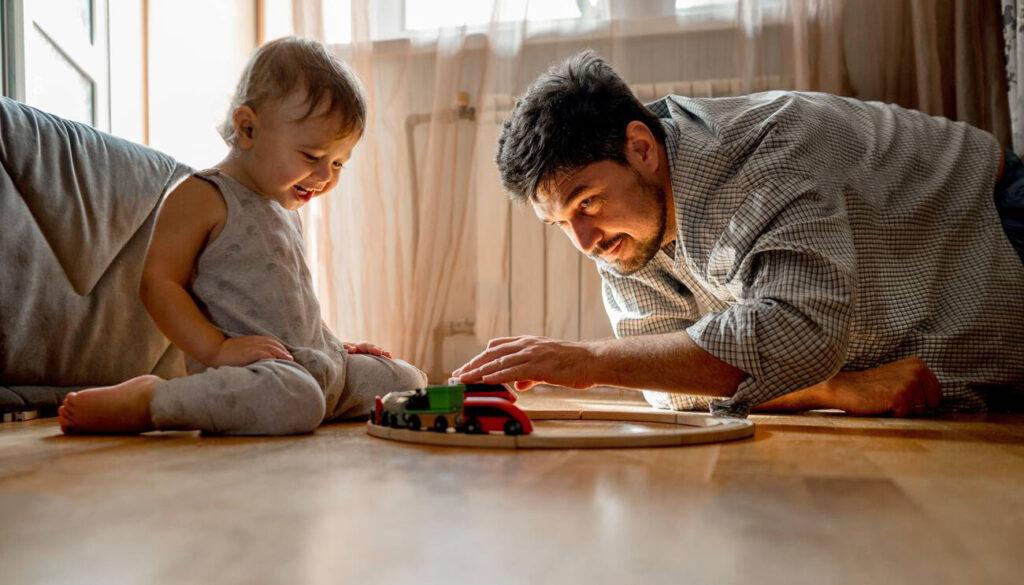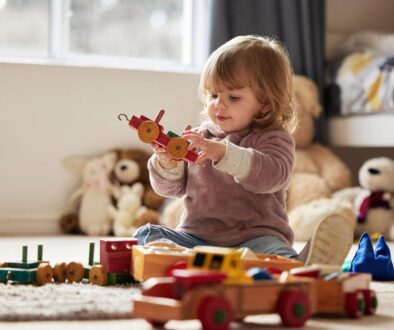Making Playtime Fun

Babies and toddlers love to play. Everything can seem like a game, and they may want to repeat this over and over again. They want to test the boundaries to learn what is appropriate and what is not. This can feel overwhelming at times but making playtime fun with your children is a wonderful way to bond with them and create lasting memories. Playing with your child in the first three years of life helps to build a warm and loving relationship, supports social skills like sharing and turn taking, language skills like labeling, making requests and helps with problem solving. Making time for play can reduce your child’s challenging behaviors.
Here are some tips for making the most of your child’s playtime:
Support your child’s creativity- Follow your child’s lead. Provide an object or toy for your child to play with. Let him or her show you a new way to play. Remember there is no “right way” to play. Find ways to highlight the process over the product. For example, provide a variety of different colored paints and see what they come up with on their own.
Be present and involved- Give your children your undivided attention during playtime. Put away distractions like phones or work, and actively participate in the play activities with enthusiasm.
Play outside- Outdoor play provides fresh air, encourages physical activity, and allows children to explore their environment. Playing outside is a great way to increase cognitive function and improve your little one’s mental health while promoting learning and curiosity. Parks and backyards are super fun but so is a simple walk around the block.
Provide just enough support and follow their lead- Show your child how a toy works but don’t do it for them. Encourage your child to give it a try. Allow your child to make their own decisions about activities while offering choices like indoor versus outdoor play or block building versus reading. This empowers them and shows that their ideas and preferences are valued.
Read your child’s signals- Read the signals that tell you when to jump in or change to a new activity. They might tell you with facial expressions, sounds and gestures.
Check out your play space- Is the space child safe? Is there too much noise? Free of distractions? Think about the activity you have chosen such as running, painting, or throwing balls. It’s important to balance fun with safety. Set expectations and follow safety rules.
The way adults play with children can not only have lasting impacts on them but can be super beneficial for learning and development. Remember that every child is different, so it’s important to pay attention to their interests, preferences, and developmental stage. Adapt your playtime activities to suit their needs, and most importantly, cherish the moments spent together.





